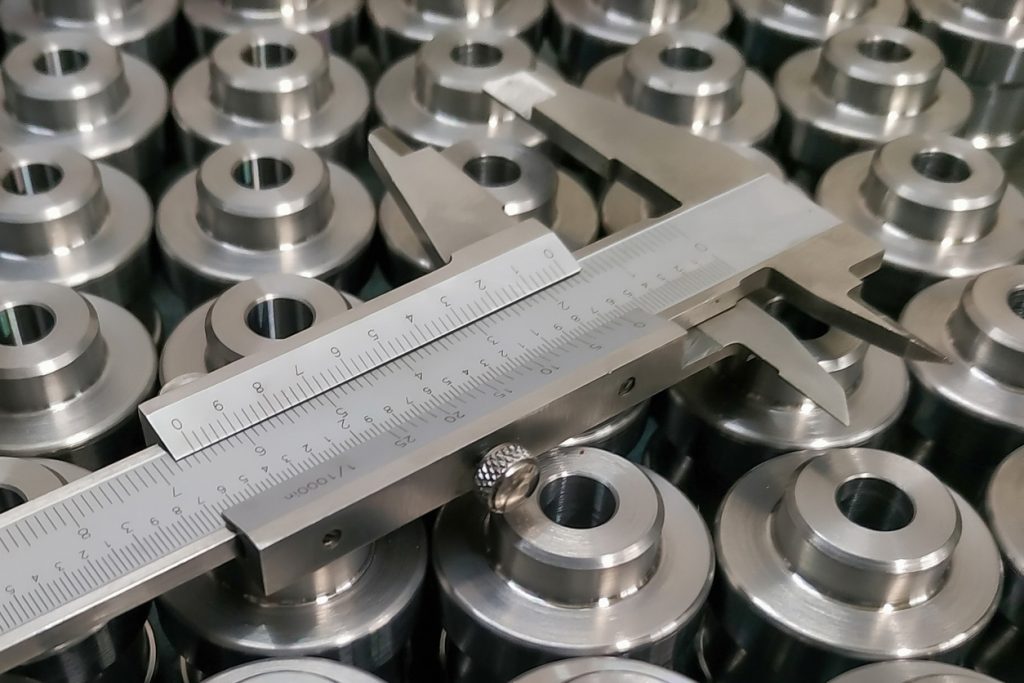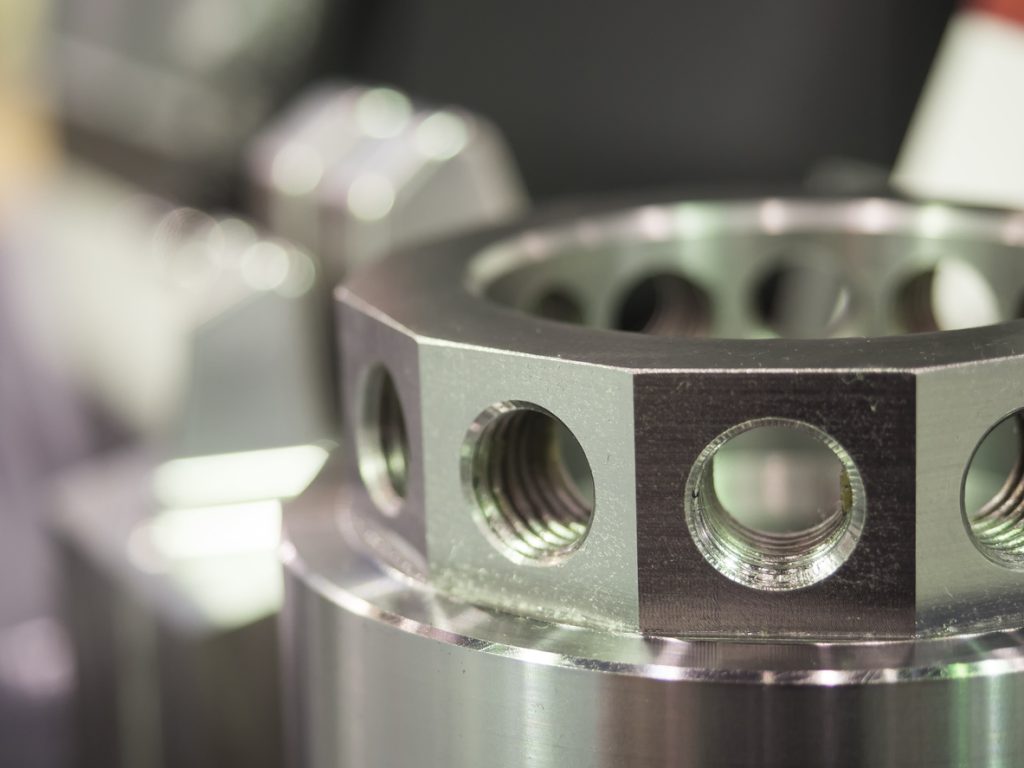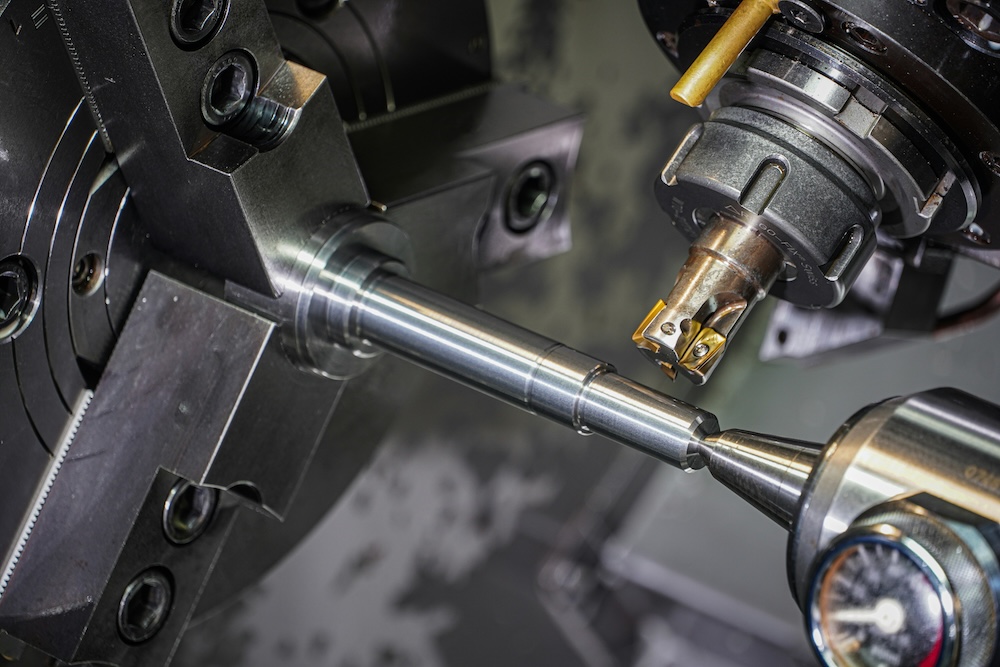When discussing CNC machining, one word that consistently comes to mind is precision. But what does that actually mean in practice? And how does precision, particularly in terms of CNC machining tolerances, affect your components, performance, and bottom line?
This guide explores tolerances, their impact on functionality and cost, and what you need to know to make informed decisions for your next precision engineering project.

What Are Machining Tolerances?
In CNC machining, tolerance refers to the acceptable amount of variation in a component’s dimensions. No physical part is machined to a perfect, ideal number every time. Tolerances define the range within which a dimension is considered acceptable. For example, if a hole is specified as 10.00 mm ±0.05 mm, it means any result between 9.95 mm and 10.05 mm is adequate.
Understanding and applying the correct tolerance is critical for functionality, reliability, and manufacturing efficiency.
Why Do Tolerances Matter?
Tolerances affect every part’s fit, form, and function. Here’s why they’re essential:
1. Product performance
Even minor deviations can lead to failures or performance issues in high-stakes industries like aerospace, automotive, or medical devices. Correct tolerances ensure the parts operate as intended under stress and over time.
2. Assembly fit
Precision affects how easily components come together. A shaft that is too large or a hole that is too small can prevent assembly or cause wear over time. Depending on the function, you might need a clearance fit, an interference fit, or a transition fit.
3. Cost control
Tighter tolerances often require advanced tooling, slower machining speeds, and more thorough inspections, which can significantly increase costs, sometimes unnecessarily. Understanding when tight tolerances are essential— and when they aren’t —is a key part of design-for-manufacture (DFM).

How Tolerance Affects Cost
The tighter the tolerance, the higher the cost. This is due to increased setup times, specialist tooling, material waste, and quality assurance.
Here’s a general guide:

Depending on the material and geometry, a shift from ±0.1 mm to ±0.01 mm can increase production costs by 30% or more.
What Are Standard Tolerances?
Machining tolerances are often specified using international standards such as ISO 286 and DIN ISO 2768. These include IT grades (International Tolerance grades) ranging from IT01 (extremely tight) to IT16 (very loose).
For example, Sheldon Precision often machines to IT6–IT8 for high-performance parts and IT9–IT11 for general engineering. We help clients choose the right grade based on functionality, cost, and volume.
Understanding GD&T
Many technical drawings utilise Geometric Dimensioning and Tolerancing (GD&T), a symbolic language that defines the allowable variation in form, orientation, and position of features. GD&T provides more precise control than linear tolerances, ensuring functional performance in complex assemblies.
If you’re unfamiliar with GD&T symbols or how they affect machining outcomes, our engineering team can help interpret drawings or assist in optimising them.
Material Selection and Tolerance
Different materials respond to machining differently. For instance:
- Aluminium is easy to machine and holds tight tolerances well.
- Stainless steel may require slower feed rates and specialised tooling.
- Brass offers excellent dimensional stability for high-precision components.
Sheldon Precision advises on both material choice and achievable tolerances, ensuring your part performs while manufacturing is cost-effective.

How Sheldon Precision Ensures Accuracy
We’re recognised for consistently delivering components with precise tolerances and uncompromising quality.
What makes that possible?
- Experienced engineers with decades of high-precision machining experience.
- Environmental controls to minimise thermal expansion.
- Advanced inspection systems, including CMMs and non-contact measurement.

Do You Need Tight Tolerances?
Here’s a simple checklist to guide your tolerance decisions:
- Is the component part of a critical or safety-related system?
- Does it interact with other parts that require a snug fit?
- Is there room to adjust the design without affecting performance?
- Could a wider tolerance reduce cost or speed up production?
In most cases, standard tolerances are sufficient, especially for non-moving parts or those with loose fits. Our engineers can help you find the balance between function and affordability.
Common Misconceptions
“Tighter tolerance = better quality”
Not always. Over-specifying tolerances can increase costs without improving performance. Precision should match function.
“One tolerance fits all”
Different features (e.g., bores, threads, slots) on the same part may require different tolerances based on their intended usage.
How can we help you?
Understanding tolerances isn’t just about numbers – it’s about engineering smarter. Whether you’re looking to reduce cost, improve performance, or simplify your design, our team can help.
Contact us today to discuss your project.

